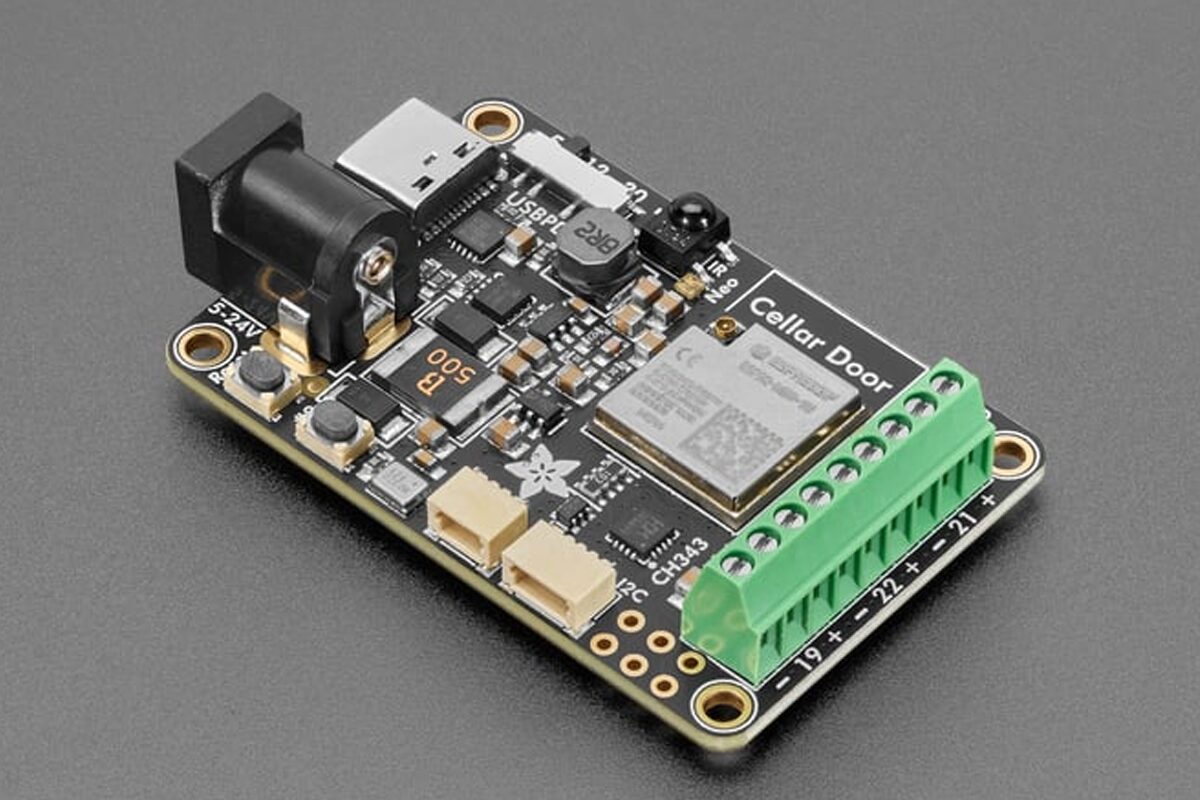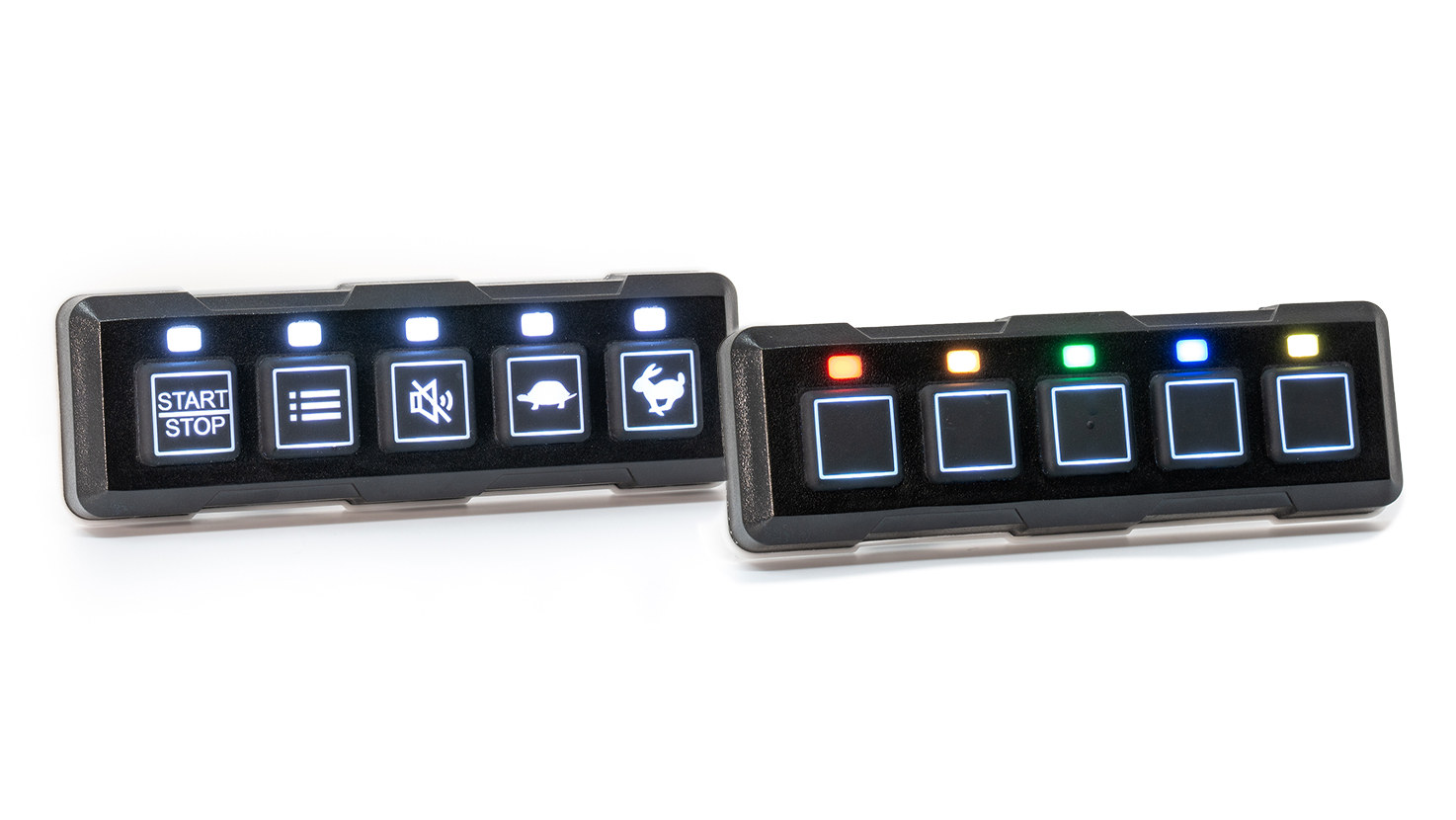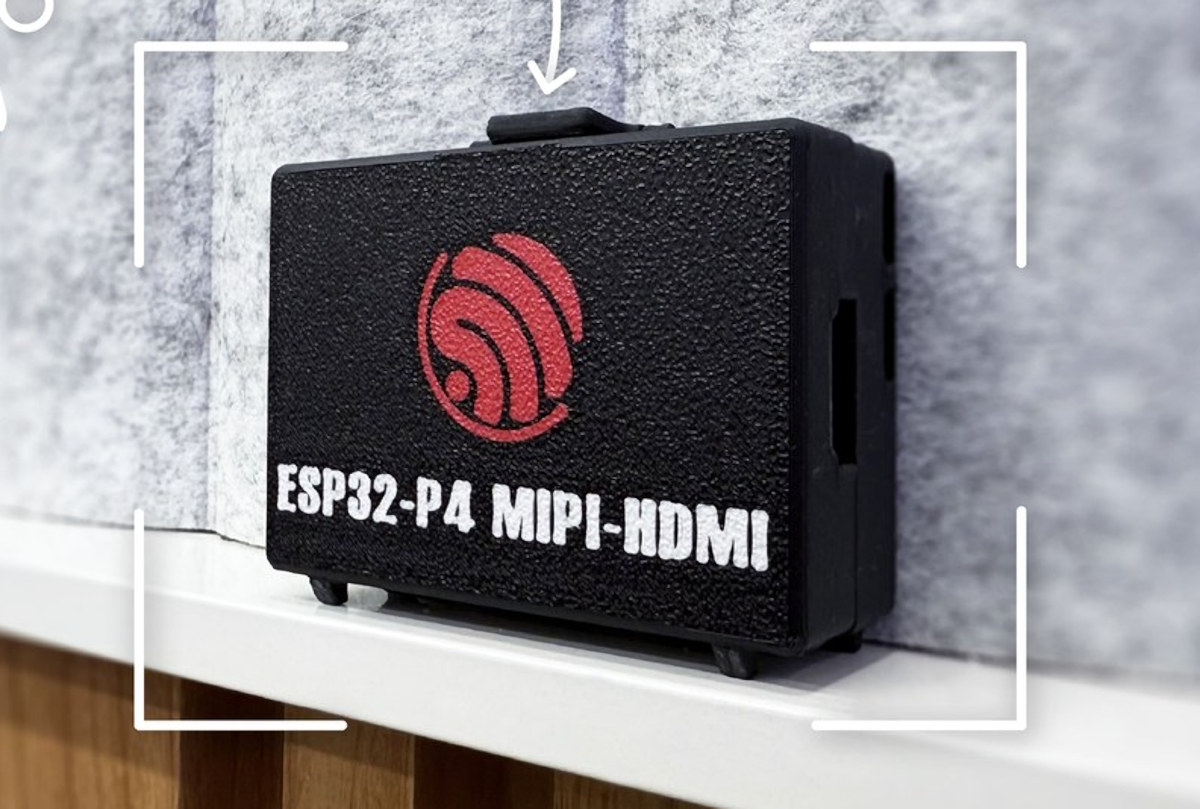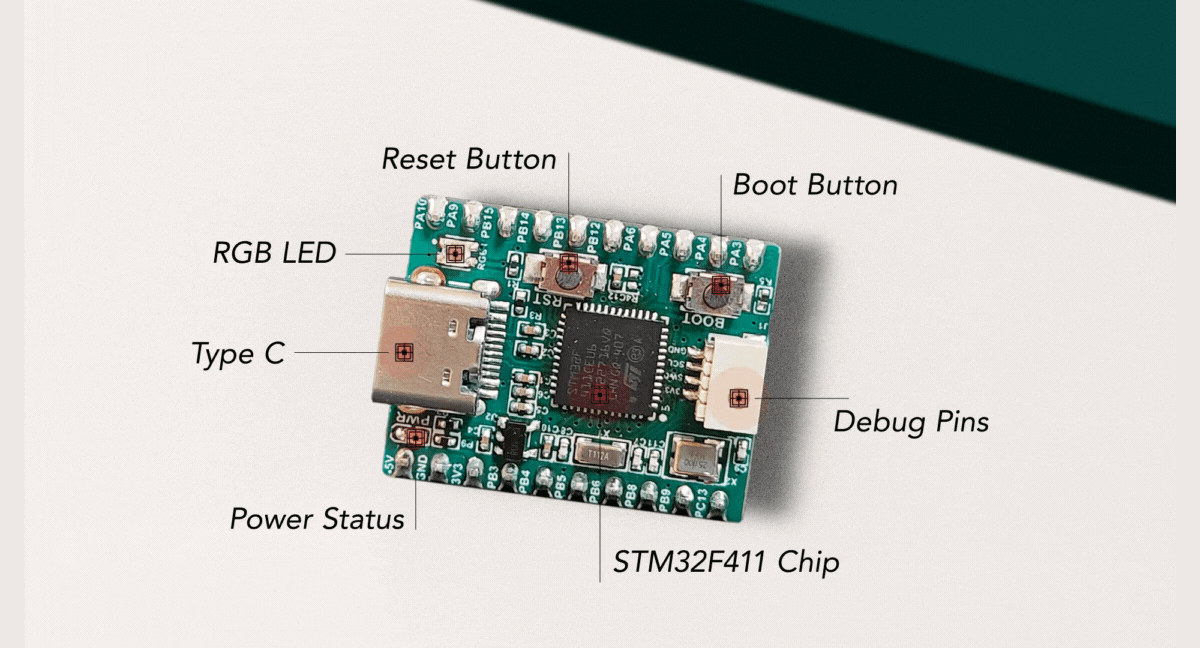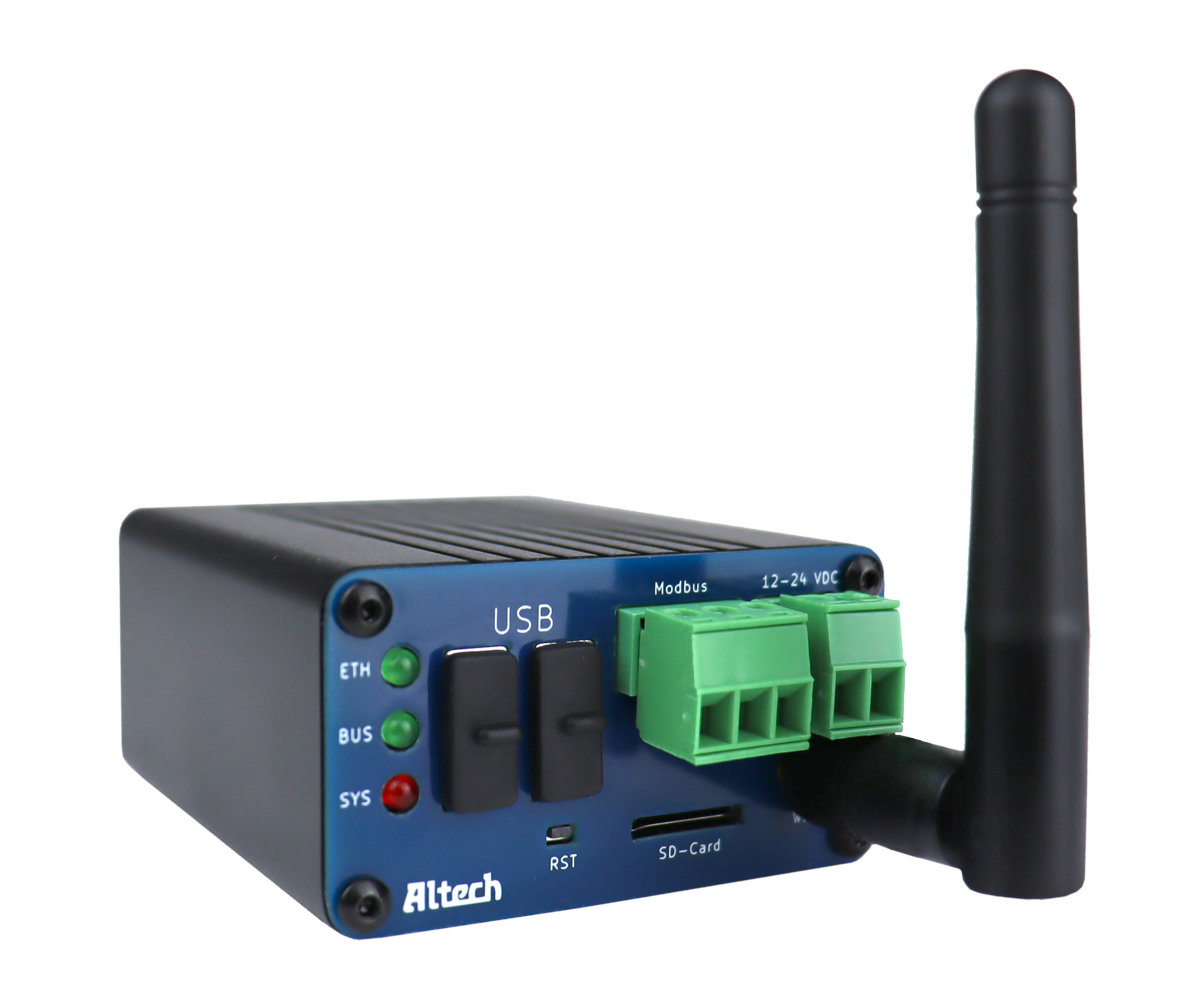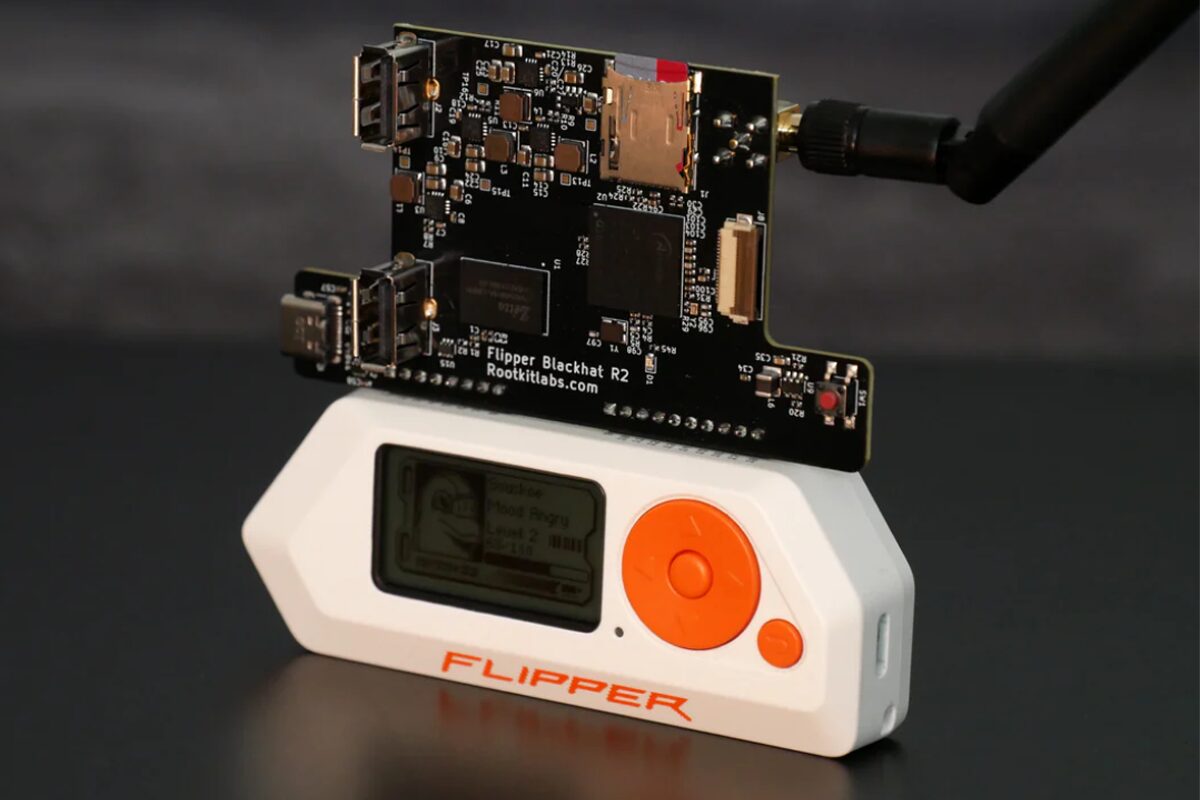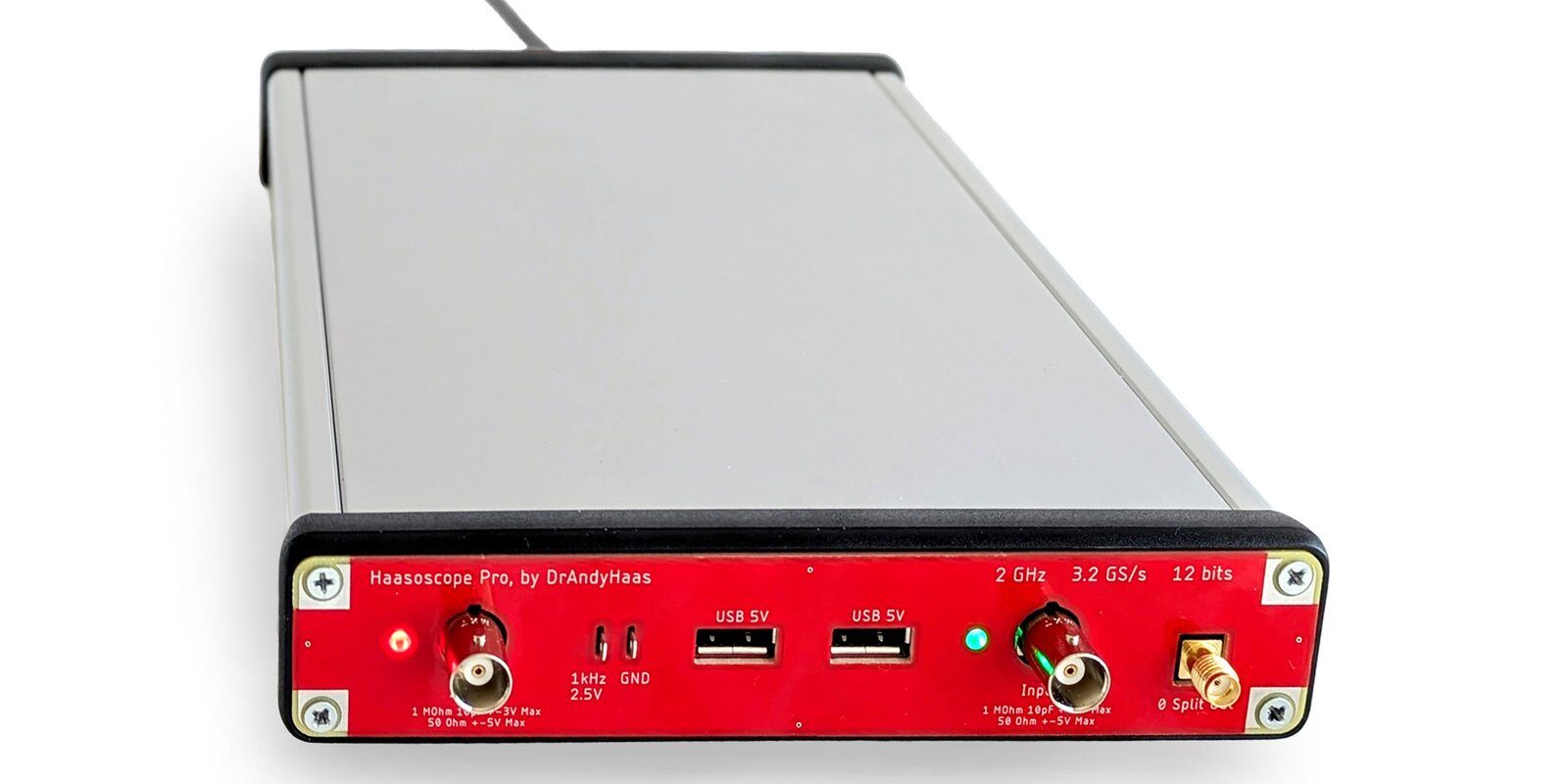The Adafruit Sparkle Motion is an ESP32-based LED controller board designed to drive addressable LEDs, including WS2812B, APA102, SK6812, LPD8806, UCS2904, and SM16704. It supports both WLED and xLights projects and features an onboard 100W USB-C PD port to drive even high-voltage LED setups. The board includes dual power input options (USB-C PD with 5/12/20V selection and 2.1mm DC jack), a 5A fuse, and level-shifted output terminals for controlling addressable LEDs. The board also features a built-in I2S digital microphone, IR receiver, Stemma QT I2C port, USB-serial with auto-reset, GPIO breakout pads, onboard NeoPixel and status LED, and multiple JST and terminal connectors for sensor and control integration. It comes pre-assembled with terminal blocks for easy wiring, making it suitable for applications such as wearable electronics, home decor lighting, audio-reactive displays, and remote-controlled installations. Adafruit Sparkle Motion Specifications: SoC – ESP32-S3 dual-core Xtensa LX7 MCU @ 240MHz with 2.4GHz Wi-Fi and […]
IP67-rated Helios SK51 CAN Keypad adds five programmable RGB tactile buttons to CAN Bus applications
Helios SK51 CAN Keypad is a waterproof (IP67-rated) keypad connected over CAN Bus with five tactile silicone buttons and LED backlighting. Each button is fully programmable and offers a 24-bit RGB color option. In some ways, it reminds me of the T-Keyboard-S3-Pro mechanical keypad, but instead of relying on USB, the SK51 CAN Keypad works over a CAN Bus compliant with the SAE J1939 standard, and it’s designed for more demanding environments. Helios SK51 specifications 5x programmable buttons with integrated display, each with a status LED on top. CAN protocols SAE J1939 compatible protocol Transmit – Button status on press/release or 1s interval Receive Simple Mode: Set backlight & status LED colors, brightness, and flash Full RGB: 24-bit RGB per LED (16.7 million colors) CAN Termination – Not Fitted USB – USB-C for firmware update Supply Voltage – 6 to 35 VDC Power Consumption – 5 to 200mA, depending on […]
ESP-HDMI-Bridge is an ESP32-P4 HDMI streaming adapter with USB, Ethernet, WiFi, and microSD card
ESP-HDMI-Bridge is an ESP32-P4-based HDMI streaming adapter based on Lontium Semiconductors’s LT8912B MIPI-DSI to HDMI bridge chip outputting MIPI-DSI video signal of ESP32-P4 to HDMI devices. It allows the user to connect a computer to an HDMI display or projector through USB, Ethernet, or WiFi, or use it directly as a digital signage player or live dashboard connected to an HDMI display. The current solution is based on the ESP32-P4-Function-EV-Board connected via its MIPI DSI connector to a 50x40mm board with the LT8912B bridge, a MIPI DSI input connector, LVDS and HDMI video outputs, and a 12-pin header with I2C, I2S audio, etc., with everything housed in a plastic enclosure. The best is to watch the video below, which shows various demos: USB to HDMI up to 720p30 or 1080p15 Ethernet to HDMI WiFi to HDMI up to 1080p40 using the ESP32-C6 2.4 GHz WiFi 6 module on the ESP-P4 […]
Xero MCU is a compact USB-C board based on STM32F411 microcontroller (Crowdfunding)
Xero MCU is a small STMicro STM32F411 Arm Cortex-M4F microcontroller board with a USB-C port, twenty through and castellated holes for GPIOs, a Debug connector, Reset and Boot buttons, and a few LEDs. The 100 MHz MCU embeds 512KB flash and 128KB SRAM, and the board is said to be designed for hobbyists, students, and professionals. For reference, the Xero MCU board features the same STM32F411CEU6 microcontroller found in the Black Bill board. However, it’s quite shorter at about half the size, and features castellated edges, making it suitable for soldering on a baseboard. Xero MCU specifications: Microcontroller – STMicro STM32F411CEU6 Arm Cortex-M4F MCU @ 100MHz with 512KB Flash, 128KB SRAM USB – 1x USB Type-C port for power and programming Expansion – 2x 20-pin through and castelled holes with up to 17x GPIO, I2C, 2x SPI, 2x UART, 4x ADC, 5V, 3.3V, and GND Debugging – 4-pin debug connector […]
Altech DO-1 Modbus monitor connects to up to 128 Modbus RTU/TCP devices
US-based Altech Corp has recently announced the DO-1 universal monitor for Modbus devices to enable companies to easily monitor, collect, and analyze their equipment and process data such as temperature, humidity, pressure, vibration, and energy usage without any subscription fees or licenses. The DO-1 is a vendor-agnostic solution that connects to up to 128 RTU-TCP Modbus devices, features 5GB of internal data storage expandable up to 128GB with a microSD card, dual Ethernet, and optional WiFi and Bluetooth connectivity. The device also implements dual power input with a 12V/24V DC input via a terminal block, and 5V via micro USB as power backup. Altech DO-1 specifications: Storage 5GB for data storage (I assume from 8GB eMMC flash) MicroSD card slot up to 128GB Networking 10/100Mbps Fast Ethernet RJ45 port (LAN1) Gigabit Ethernet RJ45 port (LAN2) LAN1 and LAN2 can be configured in switch or 2-port mode Optional WiFi 802.11 b/g/n […]
Flipper Blackhat is a Flipper Zero dual-band Wi-Fi card with an Allwinner A33 processor
Developed by Rootkit Labs in Switzerland, the Flipper Blackhat is an open-source Allwinner A33-based Flipper Zero dual-band Wi-Fi card running Linux and designed for penetration testing, cybersecurity research, and wireless network analysis. Built around an Allwinner A33 quad-core 1.5GHz processor, it comes with 1GB RAM, and an onboard 2.4GHz WiFi radio (RTL8723DS), with additional connectivity via two USB-A ports and one USB-C (FTDI-connected). The package also includes a 5GHz USB WiFi dongle (RTL8821CU) and a WiFi antenna for the built-in radio but requires an SD card and Flipper device separately. Flipper Blackhat Specifications: SoC – Allwinner A33 CPU – Quad-core Arm Cortex-A7 processor GPU – Arm Mali-400 MP2 VPU – 1080p60 H.264, VP8, MPEG 1/2/4, JPEG/MJPEG video decoding 1080p60 H.264 video encoding Memory – 1GB RAM Storage – SD Card slot Wireless Connectivity Realtek RTL8723DS 2.4 GHz Wi-Fi Includes Realtek RTL8821CU 5 GHz USB Wi-Fi dongle Supports additional third-party Wi-Fi […]
JetKVM – A $69 KVM over IP solution with open-source software
We’ve been writing about some low-cost KVM over IP solutions like the Sipeed NanoKVM Cube or GL.iNet Comet in recent times, but the JetKVM has been pointed out to me as another alternative with the benefit of having open-source software (which the NanoKVM also got last month). The JetKVM was launched for $69 on Kickstarter last fall and the crowdfunding campaign was amazingly successful with over 4 million dollars raised from just over 30,000 backers. Key features include 1080p60 video with 30-60ms latency using H.264 encoding, mouse and keyboard emulation, remote management via JetKVM Cloud using WebRTC for accessing the devices from outside the LAN, and open-source software written in Golang on Linux. JetKVM specifications: SoC – Rockchip RV1106G3 CPU – Arm Cortex A7 @ 1.0GHz VPU – H264 & H265 hardware encoder Memory – 256 MB DDR3L on-chip Storage – 16 GB eMMC flash Display – 1.69-inch IPS capacitive […]
Haasoscope Pro open-source, real-time sampling USB oscilloscope supports up to 2GHz bandwidth (Crowdfunding)
The Haasoscope Pro is an open-source hardware, high-bandwidth, and real-time sampling USB oscilloscope. Building upon its predecessor, the Haasoscope, the new Pro model offers a bandwidth of 2GHz, 12-bit resolution, and a 3.2GS/s sampling rate. The Haasoscope Pro USB oscilloscope is “designed to be low cost, while maintaining super-fast performance.” While it only comes with 2 channels, the flexible design makes it possible to combine and sync multiple devices (using Cat5 cables) to double the sample rate or add more channels. The oscilloscope works with standard x10 passive probes but a custom active probe, the Haasoscope Pro-be, is also offered. It supports the full 2GHz analog bandwidth and is priced much cheaper than similar probes. The Haasoscope Pro USB oscilloscope’s high sampling rate and bandwidth make it ideal for radio frequency signal analysis and high-speed digital debugging. It is similar to the ThunderScope Thunderbolt and PCIe oscilloscope which offers more […]


